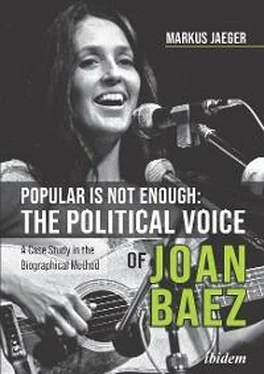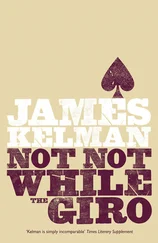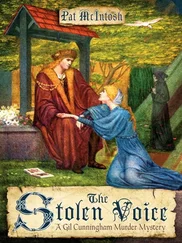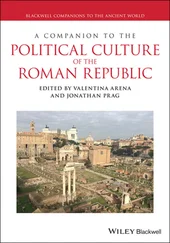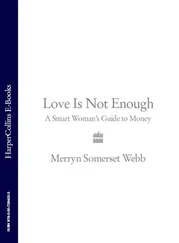The number of sources specifically dealing with Baez’s work, on the other hand, is limited: Mexican scholar Avital Bloch, for instance, has added comprehensive essay contributions about the different points of view from which Baez’s work can best be analyzed in the wide field of Peace Studies. In the book Impossible to Hold: Women and Culture in the 1960’s, her essay “Joan Baez: A Singer and Activist” analyzes the complex ways her rise to fame answered difficulties resulting from the cultural and political generation gap between the 1950s and the 1960s (see also Bloch, 2005). Her contribution “Peace Activism and Paradox of Gender Values: Joan Baez and Vietnam” to the anthology American Studies and Peace, which was published after the 25th conference organized by the Austrian Association of American Studies in Salzburg in 1999, is an essay about Baez’s image as a woman and the multifaceted significance of a changing perception of femininity for Baez’s development as a peace activist (see also Bloch, 2001).
These versatile American Cultural Studies attempts to grasp the relevance of Baez’s work find a comprehensive scholarly addition in the field of pedagogy, where Fletcher Ranney Dubois published his study A Troubadour as Teacher: The Concert as Classroom?, which analyzes Baez’s role as a teacher of activism to her young audiences in music halls (see also Dubois, 1985). The study Joan Baez and the Issue of Vietnam: Art and Activism versus Conventionality (Jäger, 2003) exemplifies the significance of art and activism in the development of resistance against war with an analysis of Baez’s activities in regard to the atrocities in South East Asia during the Vietnam War. The ten chapters of this current study attempt to take the logical next step: analyzing Baez’s most incisive artistic and political activities throughout her career. This analysis depicts the multi-layered accomplishments of Baez as a popular singer and investigates their relevance for her efforts as an influential political activist.
The first chapter demonstrates the necessity to step over boundaries when setting the course for the subsequent analysis. It illustrates the theoretical background for my examination of the marriage between popular music and political activism and explains the five main features of my research. First of all, it outlines reasons for the requirement to be open-minded to scientific interdisciplinarity, because rigid limitations to one scientific branch narrowly support the search for truth, but often articulate nothing but mere argumentative inflexibility. Particularly a complex topic like the relationship between the artistic and political dimensions in the professional activities of Joan Baez necessitates the closing of ranks between several scientific branches. As a scholar of American Cultural Studies and Political Science, I look for help in the expertise of my colleagues in the fields of History, Musicology, Philosophy and Sociology with humility. The second sub-chapter points out the relevance of social movements for a politically active artist like Baez. She has repeatedly supported the most various kinds of social movements—providing publicity for them through her famous name and actively supporting them in their specific demands. Afterwards, a closer examination of the biographical method (or life history) explains its advantages for a chronological discussion about Baez’s most significant endeavors as an artist and activist. The fourth step is to undermine the disparaging interpretation of popular culture as nothing but entertainment for duped masses—especially in the face of the many-sided work of Joan Baez. The last sub-chapter then presents a theoretician, who would certainly not have been a great fan of this study’s heroine. It offers a closer investigation of Theodor W. Adorno’s philosophical stance on the relationship between art and society in general and between popular culture and political activism in particular, giving reasons why Joan Baez can be regarded as an exception to his bluntly pessimistic view and as a falsification of his totalitarian generalizations. Sociologist Bühl correctly points out that Adorno would have been more authentic as a theoretician if he had concentrated much more intensely on an analysis of popular music—which Adorno brusquely dismissed as nothing but an inferior derivative of serious music (see also Bühl 128). The last argument of my first chapter is intended to support this hypothesis, leading into an analysis of Baez’s work, which in the end contradicts Adorno’s pessimism about society.
After building up these theoretical columns of my research, the second chapter offers first basic information about the biographical background of Joan Baez, emphasizing the importance of several occasions and developments during her childhood and youth for her later artistic and political future. One of the main instances in this regard was the fact that her parents turned to Quakerism when Baez was a little girl. The passionate and literal interpretation of Christian non-violence within this religious denomination is the topic of chapter 2.1, as this kind of understanding about non-violence tremendously influenced Baez for many years to come. Another aspect during her childhood, which turned out to become a significant factor for her later professional life, was an intense feeling of isolation, which—compared to other teenagers—was aggravated through her dark skin (an inheritance from her Mexican father), turning her into a victim of discrimination on an ethnical level. Her most successful way to overcome such minority complexes was to share her talent as a singer and ukulele player with her fellow pupils. Apart from these general religious and psychological facets of her early childhood and youth, Baez also underwent concrete immediate experiences, which turned out to become significant driving forces for her later political view of the world. In 1951, when she was ten years old, Baez accompanied her whole family to Iraq, where her father took over a one-year job to help building up a Physics Department at the University of Baghdad. Baez repeatedly referred to witnessing the poverty of the Iraqi nation as the birth for her social conscience. Only a few years later, back in the United States, she met one of her most influential heroes in regard to political activism and social conscience for the first time—Dr. Martin Luther King, Jr., with whom she later was about to work together on behalf of the Civil Rights Movement. Another incisive personality, who entered Baez’s life on this relatively early stage, was Jewish scholar Ira Sandperl—he was to become her friend, mentor, and co-activist for decades to come. A brief sub-chapter about this friendship with an obvious political background concludes the second chapter about significant influences during Joan Baez’s early childhood and youth.
The third chapter presents a summarizing examination of the philosophical impetus behind Baez’s political view of the world. It outlines the tenor of Henry David Thoreau’s transcendentalist posture on a citizen’s duty to cling to acts of political disobedience when it comes to what is referred to as injustice in society. Thoreau points out the relevance of organized non-violent activities in order to be politically active. This approach was an authentic encouragement for Baez’s entire career as an activist. Thoreau’s stance on disobedience also formed a philosophical basis for the leader of the Indian Liberty Movement, Mohandas K. Gandhi, and enormously encouraged the leader of the later Civil Rights Movement in the United States, Dr. Martin Luther King, Jr. Both of these influences were often referred to as inspirational by Baez—this is the reason why a closer observation of Thoreau’s arguments is a fruitful means of supporting an analysis of Baez’s synthesis of her artistic work with her political activism. The subsequent seven chapters then chronologically present this analysis, step by step focusing on each decade of Joan Baez’s musical and political career.
Читать дальше
